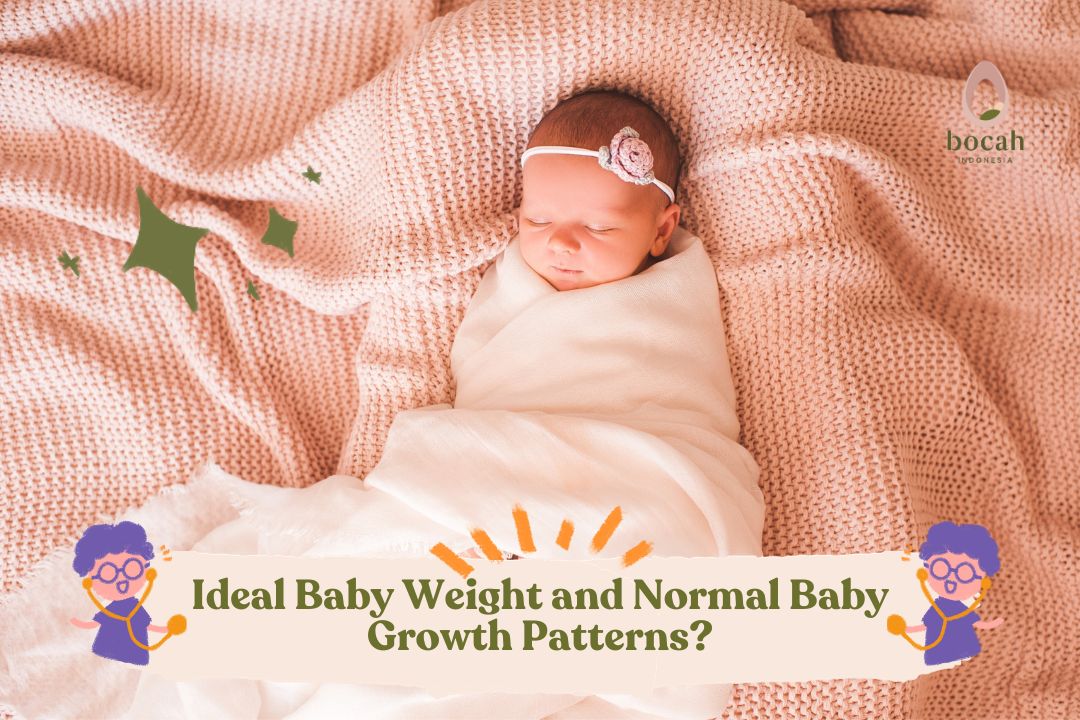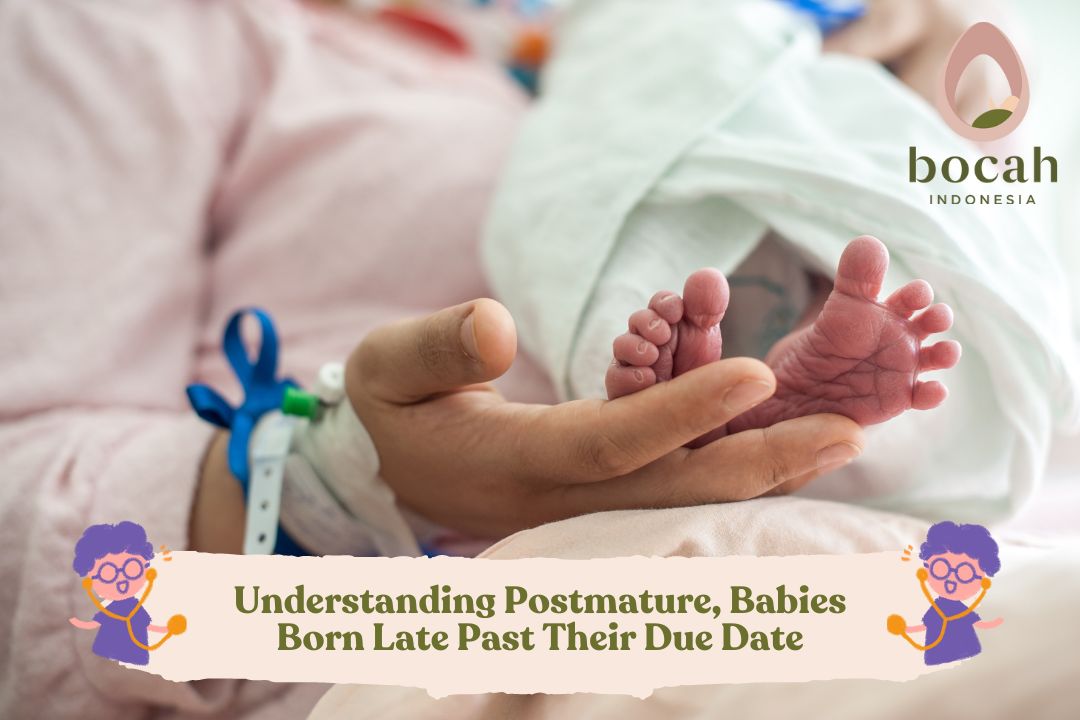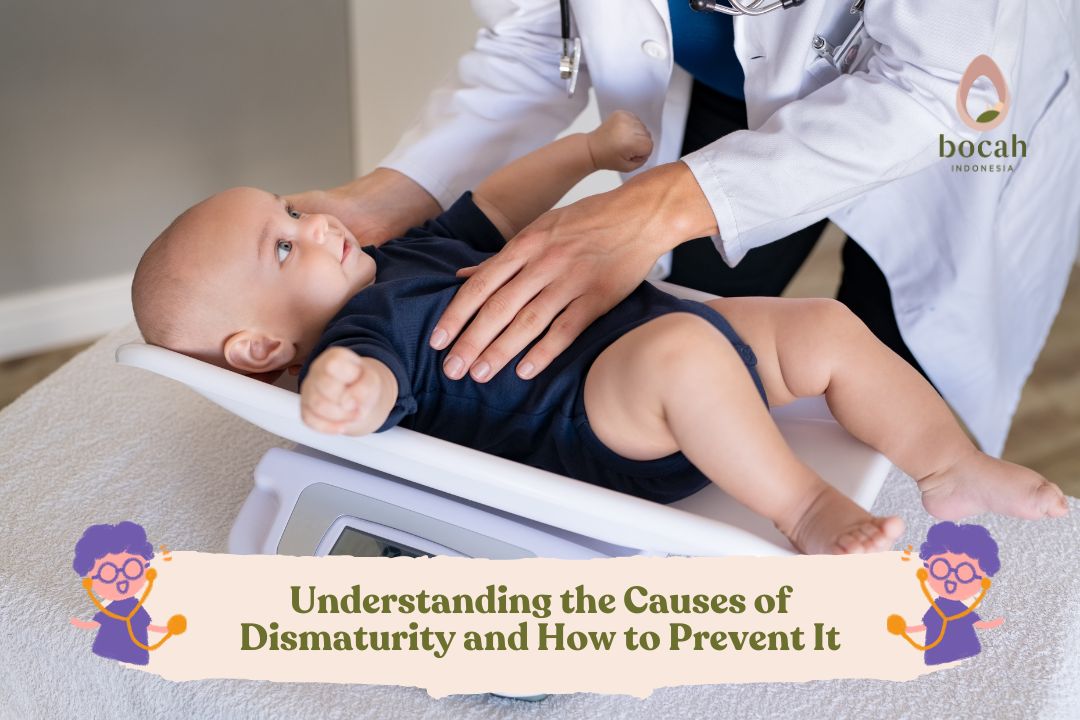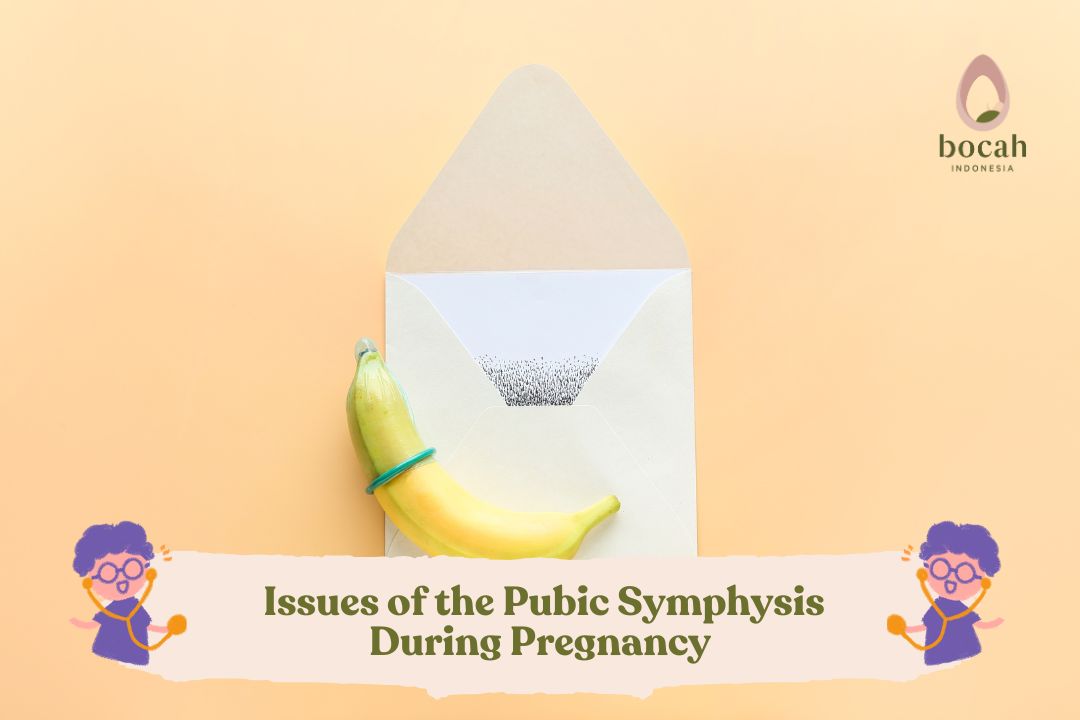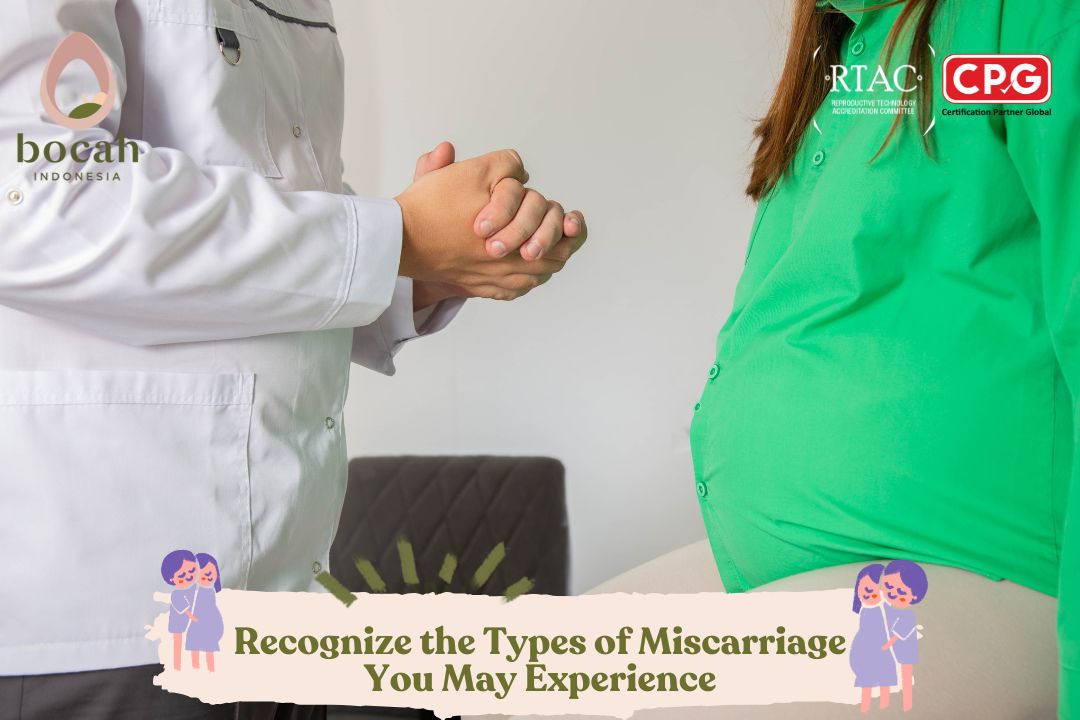Understanding Blighted Ovum: A Condition of Non-Growth in the Fetus
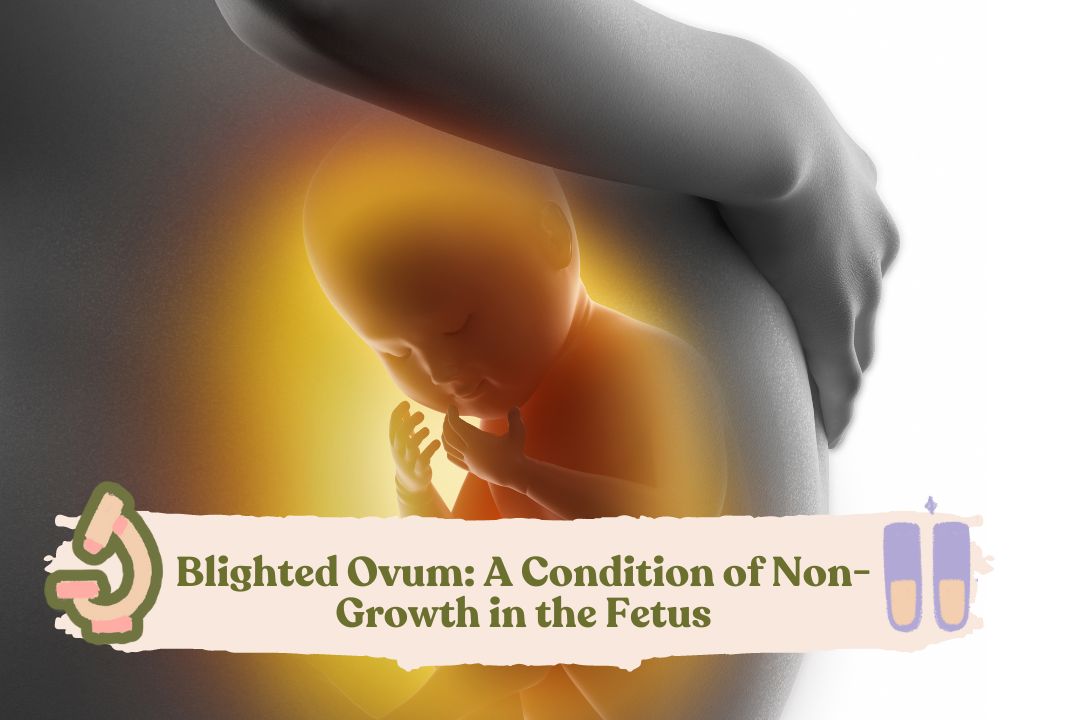
Expectant mothers may become concerned when their little one in the womb doesn’t show signs of growth. Let’s explore the signs of a non-developing fetus.
Pregnancy is a period filled with hope and excitement for expectant mothers. However, sometimes there are situations where the fetus’s growth doesn’t align with the expected progress. One of the conditions that may occur is a non-developing baby, commonly known as blighted ovum or anembryonic pregnancy.
What is Blighted Ovum?
Blighted ovum, also known as anembryonic pregnancy, occurs when a fertilized egg fails to develop into an embryo. This can be a primary cause of early pregnancy failure or miscarriage.
Often, blighted ovum occurs very early in pregnancy, making it difficult for the mother to realize she has experienced an empty pregnancy. Blighted ovum accounts for about half of the miscarriage cases in the first trimester of pregnancy.
Normally, when a woman is pregnant, the fertilized egg attaches to the uterine wall and then develops into an embryo around the fifth or sixth week of pregnancy.
Tanya Mincah tentang Promil?
However, in cases of blighted ovum, the pregnancy sac still forms and grows, but the embryo does not develop. This is why blighted ovum is also known as anembryonic pregnancy.
Mothers with an empty pregnancy can still have a positive pregnancy test due to the increased levels of human chorionic gonadotropin (hCG) hormone. This hormone is produced by the placenta after implantation. In blighted ovum cases, hCG may continue to rise even though the pregnancy sac is empty and no embryo develops.
Causes of Blighted Ovum
Miscarriages caused by blighted ovum often occur due to chromosomal abnormalities, which are problems with the structures that carry genes. These abnormalities can originate from sperm or eggs that may have poor quality or can result from abnormal cell division.
It is essential to understand that blighted ovum is not caused by the mother’s negligence in maintaining her pregnancy. Blighted ovum cannot be prevented at all. However, the majority of blighted ovum cases happen only once to one woman.
Signs of Non-Developing Pregnancy
Most signs of blighted ovum or a non-developing baby in early pregnancy can be observed and felt by the expectant mother. Here are the signs of non-developing pregnancy that mothers should be aware of:
- Unusual cramping in early pregnancy
- Spotting or abnormal vaginal bleeding
Not all bleeding in the first trimester indicates a miscarriage. So be sure to see a doctor promptly if you experience these signs to confirm the diagnosis. Ultrasound examination is usually necessary to diagnose blighted ovum and to ensure that the pregnancy sac is genuinely empty.
Ask Mincah
[fluentform id=”31″]Source:
- Healthline. Diakses 2023. What You Should Know About Blighted Ovum, Miscarriage, and Future Pregnancies https://www.healthline.com/health/pregnancy/blighted-ovum#treatment
- Clinical Medicine Insights: Pediatrics. Diakses 2023. Intrauterine Growth Restriction: Antenatal and Postnatal Aspects https://www.ncbi.nlm.nih.gov/pmc/articles/PMC4946587/
- Parents. Diakses 2023. What Is a Blighted Ovum? https://www.parents.com/pregnancy/complications/miscarriage/blighted-ovum-what-you-need-to-know/
- WebMD. Diakses 2023. Blighted Ovum https://www.webmd.com/baby/blighted-ovum#1


